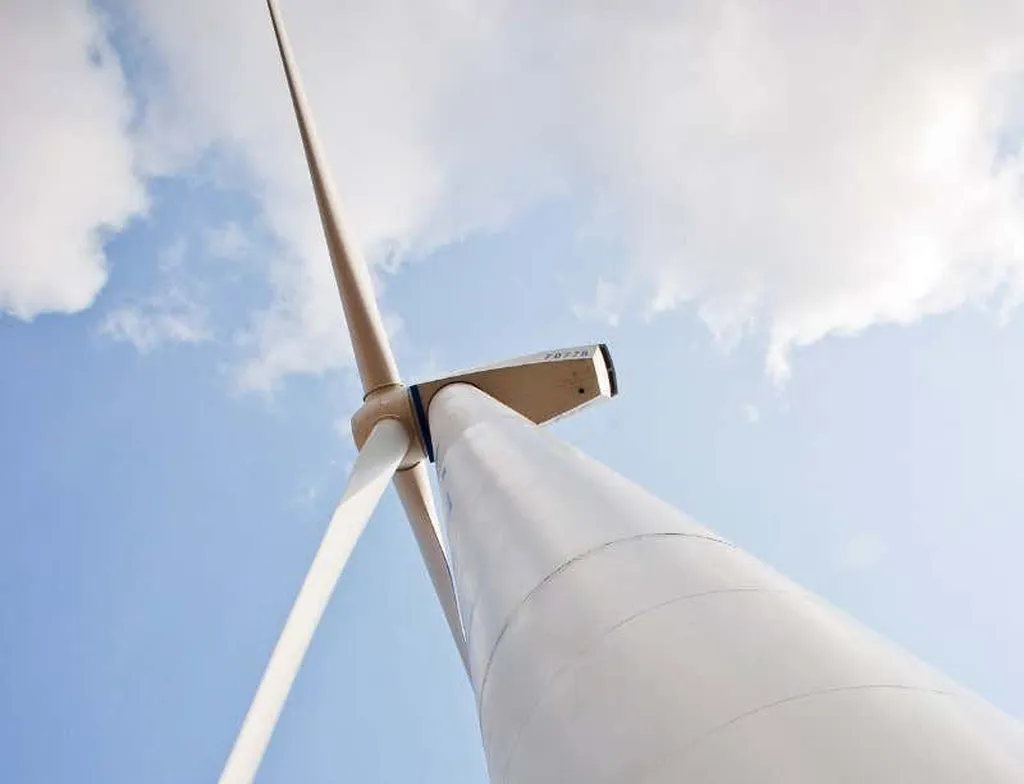In the high-stakes world of energy generation, even the smallest improvements in turbine efficiency can translate to massive gains in power output and cost savings. A recent study published in the journal *Materials Research Letters* (translated from Chinese as *Materials Research Letters*) is shedding new light on how tiny variations in the crystal structure of turbine blades can significantly impact their lifespan, offering a promising avenue for enhancing the performance of energy-generating turbines.
The research, led by Jiarun Qin of the State Key Laboratory of Solidification Processing at Northwestern Polytechnical University in Xi’an, China, focuses on the “secondary orientation” of single-crystal nickel-based turbine blades. These blades, used in advanced gas turbines, are engineered to withstand extreme temperatures and mechanical stresses. However, even minor deviations in their crystal orientation can lead to substantial differences in their creep life—the time it takes for the material to deform and fail under constant stress.
Qin and his team discovered that a 22% variation in creep life was observed at 950°C and 245 MPa in single-crystal blades with different secondary orientations. This variation is attributed to the movement of specific dislocations within the crystal structure, which initiate the formation of microscopic pores. These pores then lead to cracks that propagate along certain crystallographic directions, ultimately determining the blade’s lifespan.
“The different secondary orientations result in varied paths required for the crack to penetrate the specimen,” Qin explains. “This means that by carefully controlling the secondary orientation during the manufacturing process, we can potentially extend the life of these critical components.”
The study employed both experimental and simulation methods, including molecular dynamics simulations, to understand the underlying mechanisms. The team constructed a model to clarify how secondary orientation influences creep life, providing a valuable tool for engineers and researchers aiming to optimize turbine blade performance.
The implications of this research are significant for the energy sector. Gas turbines are workhorses in power generation, and even small improvements in their efficiency and durability can lead to substantial economic and environmental benefits. By fine-tuning the secondary orientation of single-crystal blades, manufacturers could produce more resilient and longer-lasting components, reducing maintenance costs and downtime for power plants.
“This research opens up new possibilities for enhancing the performance of turbine blades,” Qin adds. “It’s a step towards more efficient and reliable energy generation, which is crucial for meeting the growing global demand for power.”
As the energy sector continues to evolve, innovations like these will play a pivotal role in shaping the future of power generation. By understanding and controlling the microscopic details of turbine blade materials, researchers are paving the way for more advanced and sustainable energy solutions.

